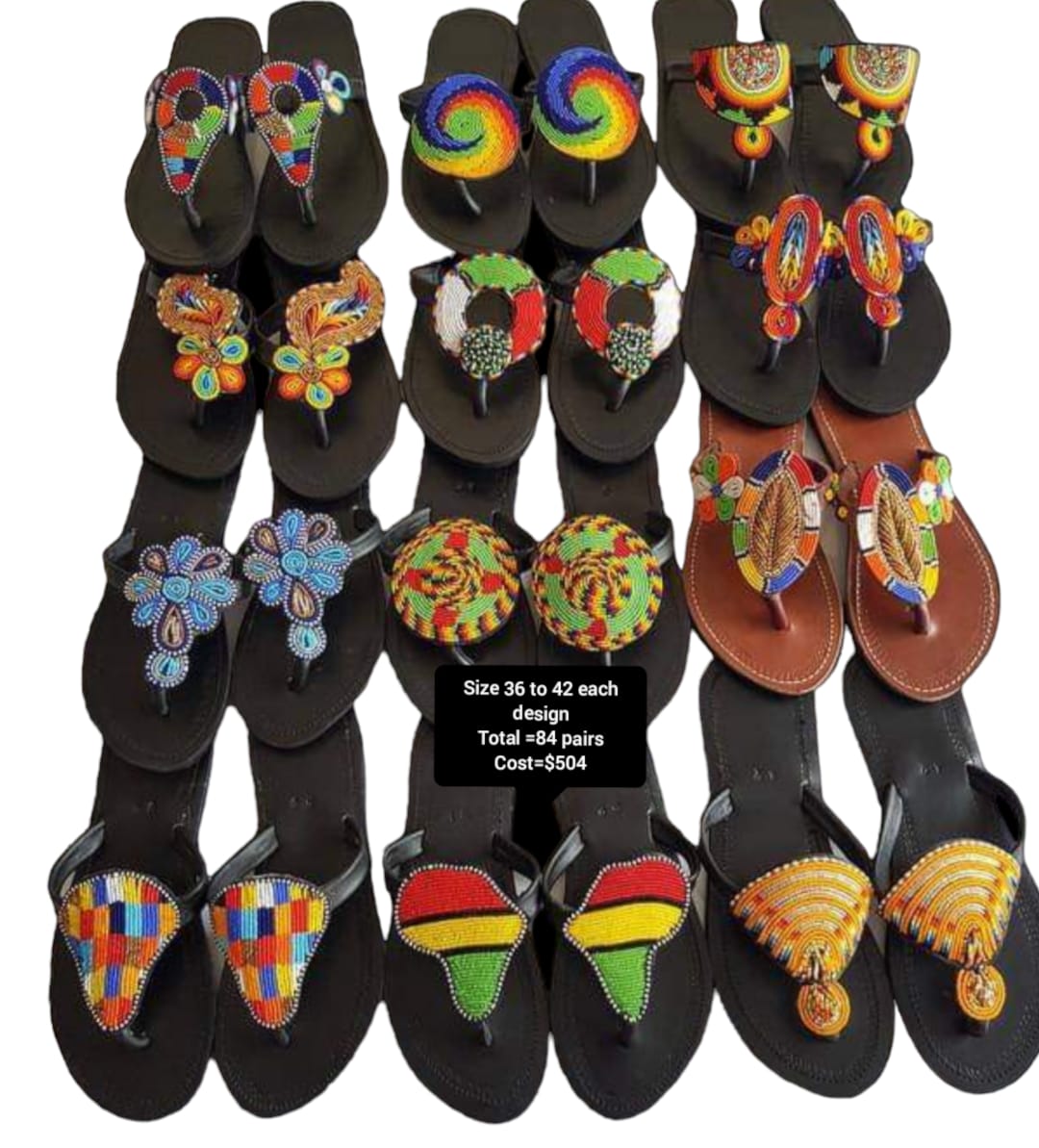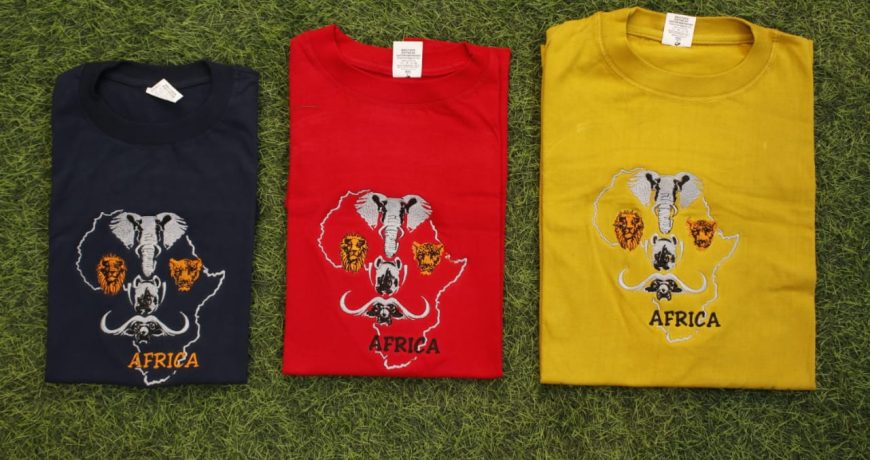Fusing Tradition with Modern Innovation in Products Made in Africa
In the heart of Africa, where the drumbeats echo the ancient rhythms and the landscapes hold stories as old as time, a revolution is unfolding. This revolution is not waged with conflicts but with creativity, where the rich tapestry of African tradition meets the dynamic pulse of modernity. “Made in Africa” is not just a label; it’s a testament to the continent’s journey towards innovation while honoring its cultural heritage. This blog explores how African creatives are redefining the narrative of African products, blending tradition with modernity to create items that resonate on a global stage.
The Essence of Tradition
Tradition in Africa is the bedrock of existence. It’s in the languages that weave through the continent, the fabrics that color the markets, and the crafts that have been passed down through generations. African creatives are custodians of this heritage. They understand that to preserve their culture, they must keep it alive, relevant, and adaptive. Products made in Africa carry the essence of stories, rituals, and practices that have been the continent’s backbone for centuries.

Take, for example, the intricate art of beadwork from the Maasai of East Africa or the ancient technique of weaving Kente cloth in West Africa. These are not merely fashion items; they are narratives woven into threads and colors that speak of lineage, bravery, wisdom, and community. When you purchase a made-in-Africa product adorned with these traditional elements, you’re not just buying a piece of cloth or jewelry; you’re carrying a piece of African history and identity.
The Pulse of Modernity
The modern African creative scene is vibrant, innovative, and unapologetically bold. It’s a scene where technology, sustainability, and new-age design converge with the traditional forms of art and craftsmanship. Modernity for Africa is about breaking barriers, challenging stereotypes, and asserting a place on the global stage. It’s about creating products that not only serve practical purposes but also tell a contemporary African story.
African designers and artisans are utilizing modern technology to enhance traditional crafts. From using digital platforms to reach global markets to incorporating sustainable materials and practices into their production processes, the focus is on creating products that are both environmentally conscious and globally competitive. The fusion of traditional techniques with modern aesthetics results in unique, high-quality products that appeal to a global audience keen on ethical and sustainable fashion, art, and design.
Sustainability: A Core Principle
Sustainability is inherent in many traditional African practices, from the use of natural materials to the emphasis on craftsmanship that ensures longevity. In blending tradition with modernity, African creatives are leading the way in sustainable production methods. By prioritizing materials that are locally sourced, renewable, and less harmful to the environment, made-in-Africa products not only reduce the carbon footprint but also support local economies and communities.
Global Recognition and Challenges
The journey of made-in-Africa products to global recognition is filled with both triumphs and challenges. On one hand, the world is increasingly appreciative of the authenticity, quality, and story behind African products. Events like the Dakar Fashion Week or the Design Indaba in South Africa showcase the continent’s creative talents to a global audience, highlighting Africa’s contribution to the global design and fashion industries.
On the other hand, African creatives face challenges such as limited access to capital, infrastructure constraints, and the need for more supportive policies that encourage the growth of creative industries. Despite these hurdles, the resilience and ingenuity of African entrepreneurs and artists shine through as they navigate these obstacles to bring their products to the world.
The Future Is Made in Africa
The narrative of Africa is changing, and at the forefront of this change are the continent’s creatives. By blending tradition with modernity, they are not just preserving their heritage but are also crafting a new identity for Africa—one that is innovative, sustainable, and globally connected. The Made in Africa label is becoming synonymous with quality, authenticity, and sustainability, attracting a global consumer base that values these principles.
As we look towards the future, it’s clear that the potential of made-in-Africa products is boundless. With continued support for the creative industries, investment in infrastructure, and policies that foster innovation, the blending of tradition and modernity in African products will continue to thrive. This is not just about creating products; it’s about telling the African story, a story of resilience, creativity, and hope.
Made-in-Africa products are a bridge between the past and the future, a testament to the continent’s rich heritage and its dynamic march towards modernity. As consumers, supporting Made in Africa means participating in a movement that values tradition, embraces modernity, and contributes to a sustainable and equitable global economy. As we celebrate the creativity of African artisans and designers, let us also acknowledge our role in supporting this vibrant tapestry of culture and innovation that Africa offers to the world.


